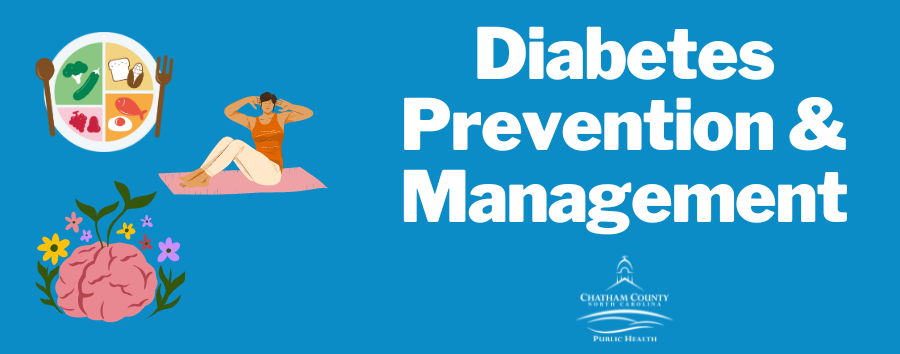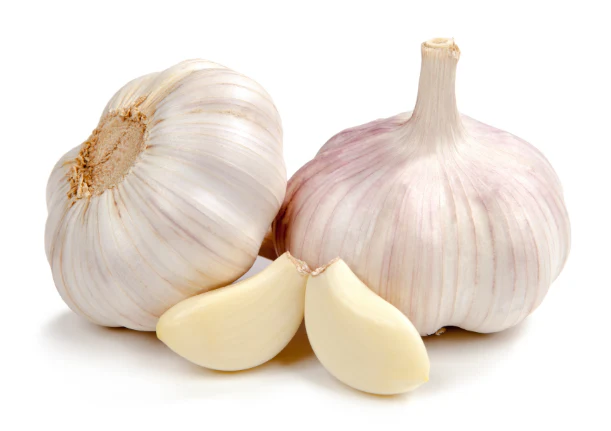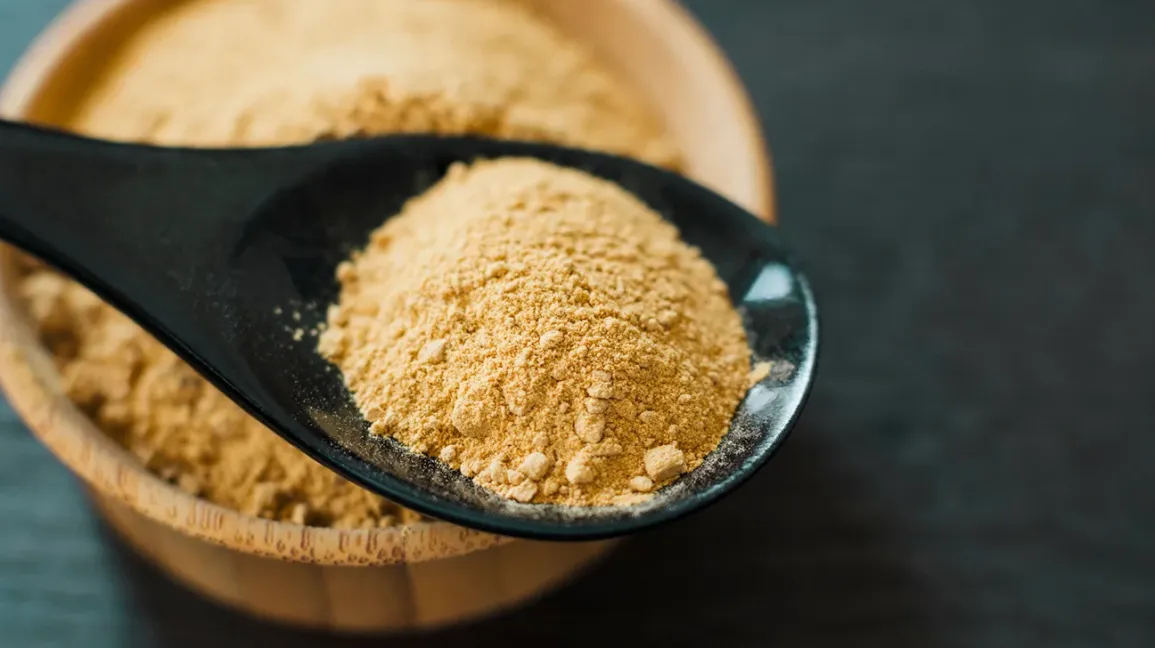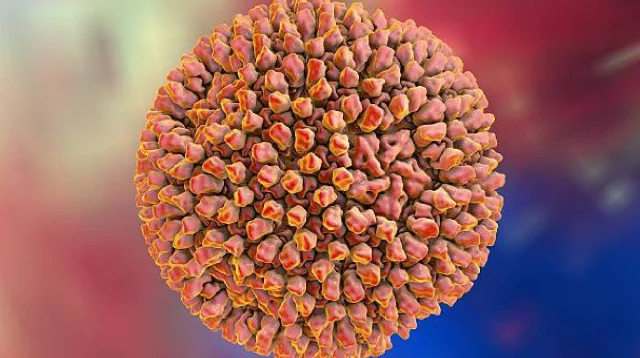
Eating a balanced diet rich in nutrient-dense, whole foods can help prevent diabetes , particularly type 2 diabetes. Below is a guide to foods that can promote healthy blood sugar levels and improve overall metabolic health:
1. High-Fiber Foods
Fiber slows digestion and prevents spikes in blood sugar. Focus on:
- Vegetables: Leafy greens (spinach, kale), broccoli, cauliflower, zucchini, peppers.
- Fruits: Berries (blueberries, strawberries, raspberries), apples (with skin), citrus fruits.

- Legumes: Lentils, chickpeas, black beans, kidney beans.
- Whole Grains: Quinoa, oats, brown rice, whole wheat bread, barley.
2. Healthy Fats
Healthy fats can improve insulin sensitivity and reduce inflammation. Opt for:
- Nuts and Seeds: Almonds, walnuts, chia seeds, flaxseeds.
- Avocado: A great source of monounsaturated fats.
- Olive Oil: Use extra virgin olive oil for cooking and salads.
- Fatty Fish: Salmon, mackerel, sardines, and tuna (rich in omega-3 fatty acids).
3. Lean Proteins
Protein helps stabilize blood sugar and keeps you full longer. Choose:
- Poultry: Chicken, turkey (skinless).
- Fish: In addition to fatty fish, consider lean options like cod and tilapia.
- Eggs: A versatile, low-carb option.
- Plant-Based Proteins: Tofu, tempeh, edamame.
4. Low-Glycemic-Index (GI) Foods
Foods with a low GI are digested slowly, preventing blood sugar spikes:
- Sweet potatoes (instead of white potatoes).
- Whole-grain bread or pasta (instead of refined versions).
- Non-starchy vegetables (zucchini, asparagus, cucumbers).
5. Fermented Foods
Probiotic-rich foods improve gut health, which may influence blood sugar regulation:
- Yogurt: Unsweetened Greek yogurt.
- Kefir: Low-sugar fermented dairy or non-dairy options.
- Kimchi and Sauerkraut: Fermented vegetables with live cultures.
6. Beverages
Stay hydrated and avoid sugary drinks:
- Water: Aim for 8–10 glasses daily.
- Herbal Teas: Green tea, chamomile, cinnamon tea.
- Coffee (in moderation): Without added sugar or cream.
7. Spices and Herbs
Some spices may enhance insulin sensitivity:
- Cinnamon: Add to oatmeal or smoothies.
- Turmeric: Pair with black pepper for better absorption.
- Ginger: Use in teas, stir-fries, or soups.
What to Avoid
- Sugary foods (candy, soda, baked goods).
- Refined carbs (white bread, white rice, pastries).
- Trans fats (fried foods, processed snacks).
- Excessive alcohol or sugary cocktails.
By prioritizing these foods and maintaining an active lifestyle, you can reduce your risk of diabetes and support overall metabolic health. Let me know if you’d like more specific meal ideas or recipes!
Here’s a deeper dive into specific foods and strategies to prevent diabetes and promote overall metabolic health:
1. More Fiber-Rich Options
Fiber is critical for slowing glucose absorption and maintaining stable blood sugar. Expand your options:
- Root Vegetables: Carrots, parsnips, turnips (in moderation).
- Artichokes: High in fiber and prebiotics to support gut health.
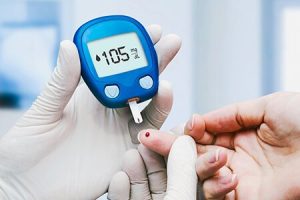
- Psyllium Husk: Add to smoothies or yogurt for extra soluble fiber.
- Bran: Wheat bran or oat bran can be used in baking or cereal.
Tip: Aim for at least 25–35 grams of fiber daily.
2. Whole-Grain Alternatives
Focus on whole grains that are minimally processed:
- Amaranth: A protein-rich, gluten-free ancient grain.
- Teff: A tiny grain rich in iron, calcium, and resistant starch.
- Buckwheat: Despite its name, it’s gluten-free and low GI.
- Freekeh: A high-fiber green wheat grain.
3. Low-Sugar Fruits
In addition to berries, consider other low-sugar fruit options:
- Pomegranate: High in antioxidants and anti-inflammatory compounds.
- Guava: Low GI and rich in vitamin C and fiber.
- Plums: Contain compounds that may improve insulin sensitivity.
Tip: Pair fruits with protein (e.g., an apple with almond butter) to reduce their glycemic impact.
4. Nuts and Seeds (Expanded List)
Include a variety of nuts and seeds for diverse nutrient profiles:
- Brazil Nuts: High in selenium, which supports insulin function.
- Pistachios: May lower blood sugar and reduce inflammation.
- Sunflower Seeds: Rich in magnesium, which improves insulin sensitivity.
- Hemp Seeds: Contain healthy fats, protein, and anti-inflammatory properties.
5. Superfoods for Blood Sugar Control
- Fenugreek Seeds: Soak overnight and consume the water to improve insulin sensitivity.
- Bitter Melon: Known to help lower blood sugar naturally.
- Moringa Leaves: A nutrient-dense plant with blood sugar-lowering properties.
- Okra (Lady’s Finger): May reduce glucose absorption in the gut.
6. Healthy Snack Ideas
Replace unhealthy snacks with diabetes-friendly options:
- Veggie Sticks with Hummus: Use cucumbers, celery, or bell peppers.
- Greek Yogurt with Chia Seeds and Berries: A satisfying, low-GI treat.
- Roasted Chickpeas: Crunchy, high-protein, and fiber-rich.
- Hard-Boiled Eggs: Portable and filling.
7. More Spices for Insulin Sensitivity
- Cloves: May help improve glucose metabolism.
- Cardamom: Contains antioxidants and may reduce inflammation.
- Garlic: Can help reduce fasting blood sugar levels.
- Cayenne Pepper: May boost metabolism and insulin function.
8. Hydration and Specialized Drinks
- Infused Water: Add lemon, mint, cucumber, or a pinch of cinnamon for flavor.
- Aloe Vera Juice: Contains compounds that may lower blood sugar (choose unsweetened).
- Vegetable Juices: Blends of celery, cucumber, spinach, and lemon are nutrient-dense.
9. Alternative Protein Sources
Diversify your protein to balance meals:
- Seitan: A plant-based protein made from wheat gluten.
- Lupini Beans: Extremely low in carbs and high in protein.
- Cottage Cheese: Opt for unsweetened varieties, paired with fruit or veggies.
10. Meal-Timing Strategies
How and when you eat is just as important as what you eat:
- Smaller, Frequent Meals: Prevent blood sugar spikes by eating smaller portions more often.
- Balanced Meals: Combine carbs, protein, and healthy fats to stabilize blood sugar.
- Intermittent Fasting (if suitable): Can improve insulin sensitivity (consult with a healthcare professional before starting).
11. Foods High in Magnesium
Magnesium deficiency is linked to a higher risk of diabetes. Include:
- Spinach and Swiss Chard.
- Almonds and Cashews.
- Pumpkin Seeds.
- Dark Chocolate (70%+ cacao).
12. Specific Foods to Avoid or Limit Further
Even some seemingly healthy options can lead to blood sugar spikes:
- Tropical Fruits: Mangoes, bananas, and pineapples (consume in moderation).
- Flavored Yogurts: Often loaded with added sugars.
- Granola and Energy Bars: Many are high in refined carbs.
Would you like help with specific recipes, a weekly meal plan, or tips for grocery shopping? Let me know!



 DailyMediCure
DailyMediCure 